Table of Contents
Who could resist a freshly baked cake or a delicious grandma’s pie? And especially around Christmas. There are several types of sweets on the table every day and you don’t know what to eat first. However, most of these desserts are usually low in fibre, protein, and high in sugar and fat.
If the rest of your diet is varied and balanced with plenty of all the nutrients, you don’t have to worry about it. Although, if you regularly replace breakfast and snacks with such treats, you can unknowingly increase your daily caloric intake. Gradually, your weight will probably start to increase. In today’s article, we will therefore show you how you can bake healthier and turn a classic cake into a well-balanced breakfast full of protein.
Why give healthier baking a chance?
You don’t have to deny yourself sweets, even if you are trying to lose weight or maintain your body weight. Let’s say you have a caloric deficit and aim to consume 1800 kcal a day. However, if you eat a piece of cake (500 kcal) for breakfast and a bunch of sweets (600 kcal) rich in sugar and fat for snack, you probably won’t fit into 700 kcal for the rest of the day. [1]
You will then very likely go over your goal. And if you still stay at 1800 kcal, it is quite possible that you will not be able to cover enough of all micronutrients and macronutrients, especially proteins, with the remaining meals. It is also important to take into account that, for the general population, sugar should account for a maximum of 10% of the total daily intake. However, it is even being considered to tighten this recommendation to only 5%. It will be very difficult to achieve with all these sweet meals as a part of your diet. [1]
But don’t worry, it is possible to still enjoy your favourite goodies. Today, we will only demonstrate how you can partially replace some ingredients with a more suitable alternative, and thus create a more balanced and less caloric desserts. Thanks to this, you will be able to snack more often without gaining weight.
How to replace refined wheat flour?
Wheat flour is the basis of thousands of recipes for desserts, cakes, pies, biscuits and other goodies that you come across every day. But it’s not just about sweets. Wheat flour is also the basis of other savoury and crunchy pastries. So I think that if you take out your family cookbook, you will surely find a lot of recipes with this flour. But don’t worry, we won’t be telling you that wheat is getting you fat and gluten is a slim body killer. This is a long-disproved myth, which we discussed in more detail in the article about weight loss and gluten.
However, if you are trying to bake healthier and create sweets that will satisfy your hunger, the low fibre content of this flour can be a problem. During its processing, the endosperm (inner part of the grain) is separated from bran and germ, which are not part of the refined flour. However, they contain the mentioned fibre and other valuable nutrients, which the final product is depleted of. Therefore, try to at least partially replace refined wheat flour with one of these alternatives. [2]

1. Wholemeal spelt flour
Compared to refined flour, wholemeal spelt flour is produced by grinding whole grains, thanks to which it retains valuable nutrients. It has a high fibre content, which is important for proper digestion, and also slows down the absorption of nutrients. Compared to refined flour, it has a lower glycaemic index, so it will probably fill you up for longer after eating it. You can use it, for example, for fluffy soufflé pancakes or Christmas bread.
2. Wholemeal rye flour
Wholemeal rye flour also boasts a high content of healthy substances, such as fibre. Thanks to its denser consistency, it is ideal for pancakes, cakes and other savoury and sweet pastries. When preparing the dough, however, it is advisable to use it in combination with other flour to get a fluffy texture.
3. Whole-wheat flour
Whole-wheat flour differs from classic wheat flour in its processing. During grinding, the inner part of the grain is not separated from the outer part, thanks to which the flour retains a higher amount of valuable nutrients. One of its main advantages is, for example, a high fibre content, thanks to which the sweets from it are usually richer. How about trying a soft apple pie with cinnamon?
4. Almond flour
Almond flour is an alternative to classic flour, which is especially popular among celiacs and other people who can’t eat gluten. It is made from peeled or unpeeled almond kernels, which give the resulting dishes a specific taste and aroma. It has a high fibre content and is also a source of protein. If you use it for baking, keep in mind that it has a higher fat content compared to wheat flour. To tackle this, you could, for example, reduce the amount of butter used in the recipe. You can prepare popular macaroons or fluffy coffee pound cake from almond flour.
5. Tapioca flour
Tapioca flour is another gluten-free alternative, which is used especially by celiacs. It is a starch from cassava tubers that has a low fat content. However, the disadvantage of this flour is its low fibre content. Due to the fact that it is a starch, you can use it, for example, to thicken puddings and creams.
6. Coconut flour
Coconut flour is usually made by grinding coconut pulp, which gives meals a slight coconut touch. Its biggest advantage is probably its high protein content. It often appears in the diet of people who can’t eat gluten. For example, you can create delicious coconut balls or protein gluten-free bread.
7. Oats
Fine oats in the recipes can also be a great substitute for classic flour. Its advantage is that it doesn’t need any heat treatment, so it can serve as a great base for no-bake recipes. In addition, it has high fibre content and contains other beneficial nutrients, which all fans of a healthy lifestyle can appreciate. On top of delicious porridge, you can also use it to prepare a banana bread or banana pancakes.
If you want to learn more about different types of flour, you should not miss our article Flours – Their Difference, Uses, Nutritional Values and Benefits.
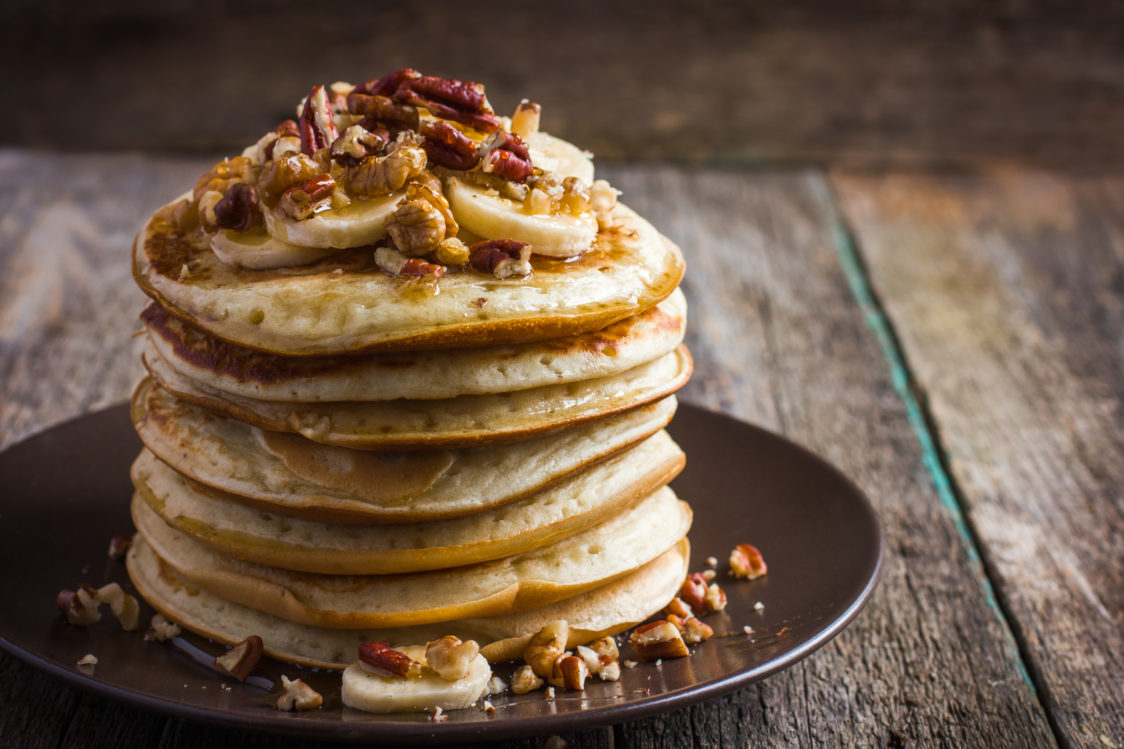
You might be interested in these products:
How to replace sugar?
Before you start baking, be extremely careful and evaluate for yourself whether the dessert, which is called “sugar-free”, does not lie a little. Many times, for example, I came across cakes that were “sugar-free”, but the recipe included honey or a mashed banana. It is therefore necessary to realize that sugars do not only include sucrose, i.e. classic white sugar. Naturally, foods also contain other types of sugar, such as glucose and fructose, which can be found in honey. However, we cannot deny that honey has its unique taste, which can elevate every dish to another level.
Sugar is definitely not the white poison which should be avoided at all costs. It is important as it acts as an immediate source of energy for the body’s cells. However, the problem arises when you have a sedentary lifestyle and eat too much sugar. This leads to a caloric surplus. The body does not have time to use the excess sugar, so it begins to store excess energy in the form of fat. And that’s why you start gaining weight. This is just one of many reasons why sugar should not make up more than 10% of the total daily energy intake. A great way to keep your appetite satisfied, but to reduce sugar, is to use less caloric alternatives. [2–5]
1. Stevia
Stevia is a sweetener of natural origin, which is made from the leaves of the sweet stevia plant (Stevia rebaudiana). It can have up to 300 times higher sweetness than sugar, so it’s enough to add a small amount to achieve a sweet taste. The content of calories in one serving is thus absolutely negligible. Keep in mind that stevia has its own specific aftertaste, which can be unpleasant for some people.
2. Erythritol
Erythritol is another calorie-free alternative to regular sugar. You can easily sweeten coffee, yogurt or anything else without taking in any extra calories. Although you may hear about this sugar substitute for the first time, you have probably seen it before. It is commonly found in nature in some fruits and vegetables. The big advantage of erythritol is that it does not have an artificial aftertaste. In desserts, you won’t even notice that they were not sweetened with sugar but erythritol. Compared to sucrose (classic sugar), erythritol has approximately 70% sweetness, so you can use the same or slightly higher amounts than regular sugar.
3. Xylitol
Xylitol, also known as sugar alcohol and, like erythritol, is commonly found in fruits and vegetables. It has a similar sweetness to sugar, but contains 40% fewer calories. This makes it a popular sweetener for people who want to lose weight. It is perfect for hot and cold drinks, as well as cooking and baking.
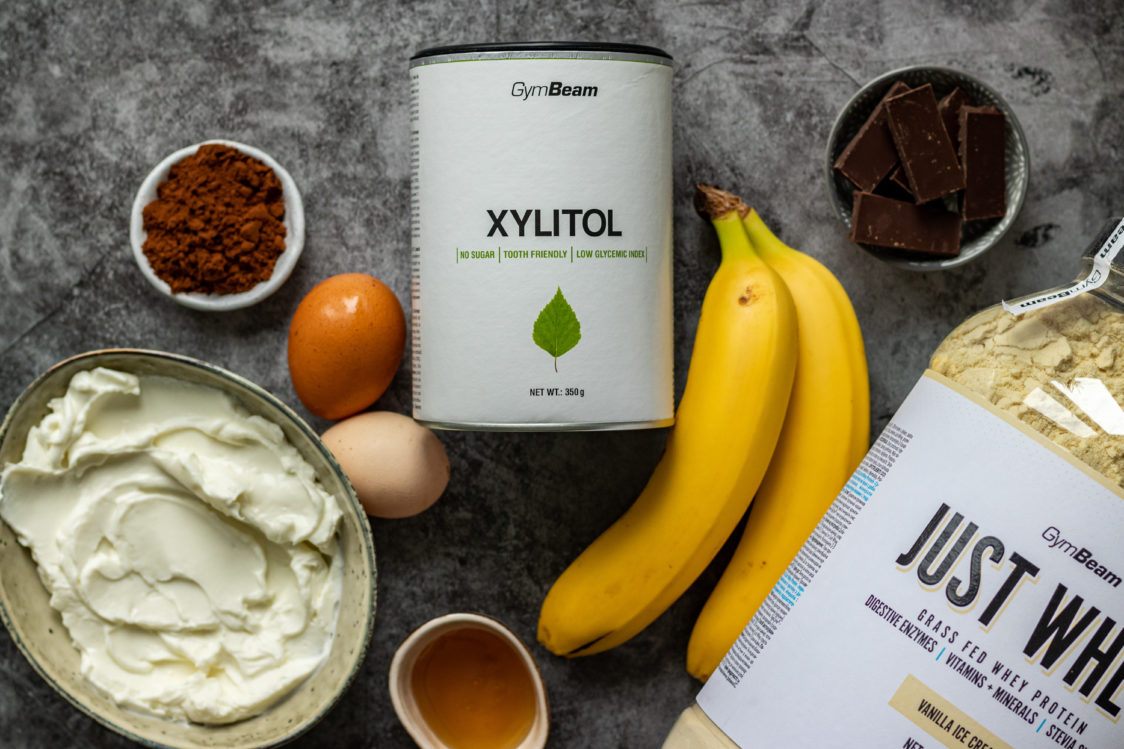
4. Chicory syrup
Chicory syrup is a great choice for those who struggle with a lack of fibre in their diet. It is rich in fibre, and will help you meet its recommended daily intake. Its sweetness can be compared to sugar, so you can use about the same amount when baking. Compared to sugar, chicory syrup has approximately 60% fewer calories. However, this doesn’t mean that you can add a lot of chicory syrup to your desserts. Due to the high fibre content, you could then suffer from digestive problems.
5. Zero syrups and flavourings
Zero syrups and flavourings are a great way to enrich your desserts, porridge and other goodies with chocolate, salted caramel or delicious coconut tones without significantly increasing their caloric value. Just add a few drops of flavouring, a few grams of flavouring powder or topping.
How to replace classic butter?
If you want to reduce the calorific value of your dish, you should first try to reduce the amount of fat. It has the highest caloric value of all macronutrients. But it also adds a lot of taste. If the recipe recommends 200 g of butter, you can’t use just 20 g instead and expect the result to be the same. To reduce the caloric value, don’t try to get rid of fat in the recipe completely. Instead, replace only part of it – a half or a third. This alone has a relatively large effect on the resulting caloric value. In addition, you can use this substitution to enrich the dessert with protein or fibre. Let’s take a closer look at how to replace butter in sweet recipes.
To get a better idea, here are the average nutritional values of butter:
- 100 g of butter contains approximately 744 kcal, 0.8 g of carbohydrates, 82 g of fat and 0.8 g of protein

1. Coconut milk
Coconut milk can behave quite similarly to butter in desserts – when heated it is liquid, and it solidifies in the fridge. You can use this feature to your advantage, for example in the preparation of creams, in which you replace classic butter with coconut butter. You will save a considerable amount of calories and enrich the dessert with new taste. You can also add coconut milk to a dough or chocolate icing. Then all you have to do is decide whether to prepare a Bounty cake, no-bake coconut cheesecake or a creamy coconut cake.
Nutritional values of coconut milk:
- 100 ml contains approximately: 182 kcal, 3.2 g of carbohydrates, 18 g of fat, 1.64 g of protein
2. Avocado
Probably everyone already knows that avocado is a fruit that contains a decent amount of fat. Even though its caloric value is still far from butter, it can still represent it quite well in recipes. All you have to do is replace the butter with the same amount of avocado (1:1 ratio). And don’t be afraid that the resulting dessert may have a slightly different colour than you were used to. It is recommended to only replace up to a half of the butter in the recipe so that the colour and texture do not change significantly. [6–7]
Nutritional values of avocado:
- 100 g contains approximately: 155 kcal, 1.8 g of carbohydrates, 15.4 g of fat, 2 g of protein
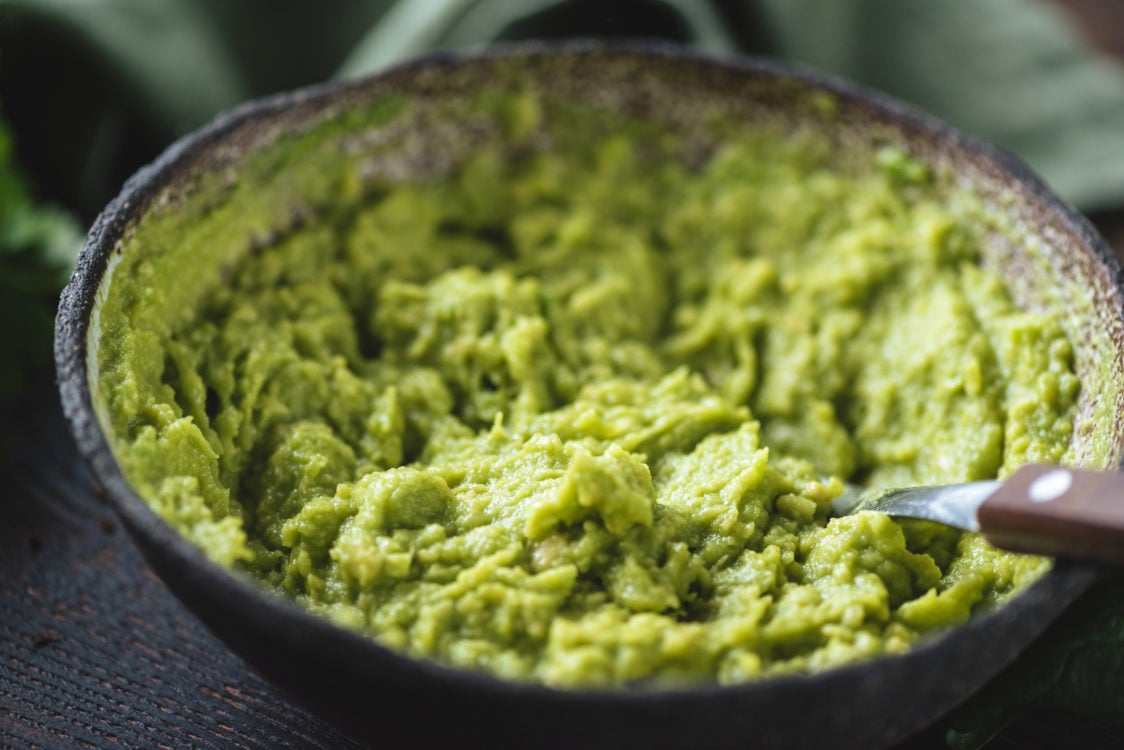
3. Fruits and vegetables
In addition to bringing more fibre to desserts, fruits and vegetables are also a great way to partially replace butter. However, it is necessary to select suitable ones. You can’t expect to have a delicious dessert when you grate a cucumber instead of butter. That won’t work. If you replace part of the butter with pumpkin or apple purée, you may be pleasantly surprised. In this case, mashed banana can also be a great choice. But keep in mind that it is relatively sweet, ideally you should reduce the amount of sugar you use.
Nutritional values:
- The nutritional values of fruit or vegetable purées will vary depending on whether you use a store-bought purée or prepare it. In the same way, the resulting caloric value is affected by the amount of water you use in the preparation, the ripeness of the fruit or vegetables and the type. In general, however, you can count on apple and pumpkin purée to add up to about 70 kcal per 100 g.
- 100 g of banana contains approximately: 88 kcal, 20.2 g of carbohydrates, 0.3 g of fat, 1.1 g of protein
4. Nut and peanut butter
Who wouldn’t love delicious creamy nut butter? Although hazelnuts in 100 g usually have only a few dozens of calories less than butter, they can have a more complex nutritional profile. In addition to fat, nut butter is also a good source of protein or fibre. Therefore, it is perfect for dough, cream or garnish.
Caloric values of butter:
- 100 g of peanut butter contains approximately 596 kcal, 14 g of carbohydrates, 46 g of fat, 27 g of protein, 9 g of fibre
- 100 g cashew butter contains approximately 574 kcal, 33 g carbohydrates, 46 g fat, 15 g protein, 3 g fibre
- 100 g of almond butter contains approximately 597 kcal, 19 g of carbohydrates, 53 g of fat, 22 g of protein, 12 g of fibre
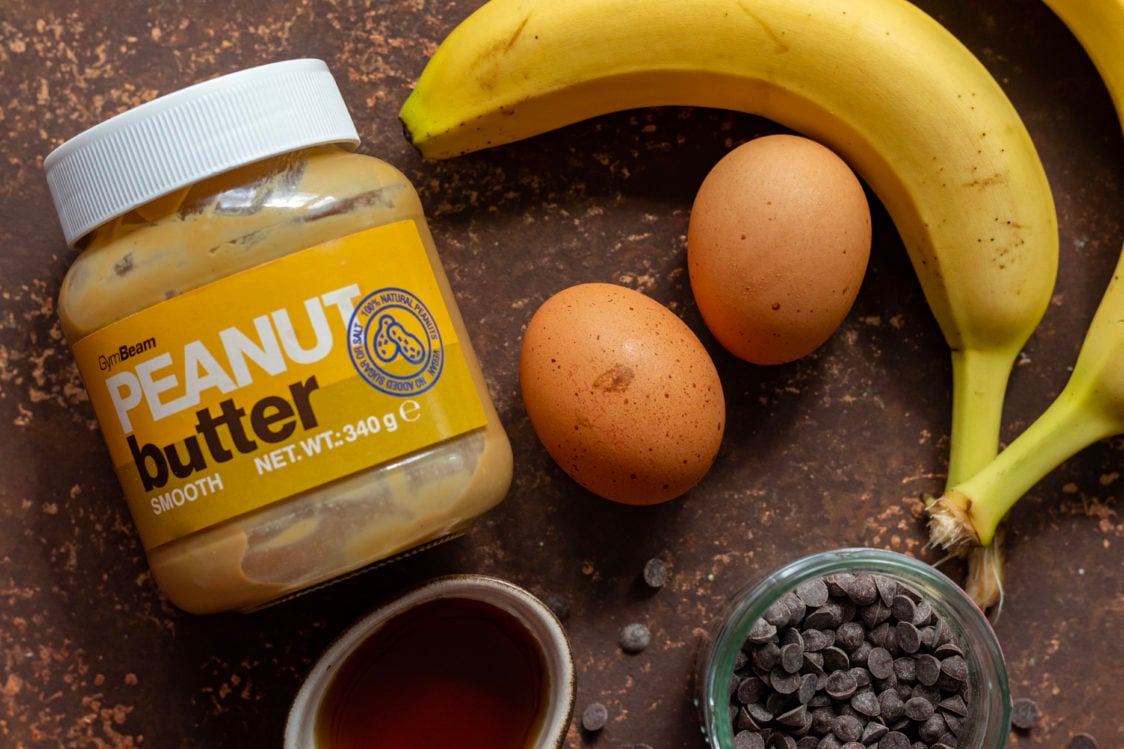
5. Dairy products
If you want to reduce the fat content in desserts, use more or less fatty dairy products. And if you choose correctly, you will also benefit from a higher protein content. These dairy products are great for dough, or for the preparation of delicious light cream.
Nutritional values of selected dairy products
- 100 ml of 30% cream has approximately 291 kcal, 2.9 g of carbohydrates, 30 g of fat, 2.4 g of protein
- 100 g of 15% sour cream has approximately 162 kcal, 3.7 g of carbohydrates, 15 g of fat, 3 g of protein
- 100 g of mascarpone has approximately 396 kcal, 2.5 g of carbohydrates, 42 g of fat, 2 g of protein
- 100 g of full-fat cottage cheese has approximately 131 kcal, 3.5 g of carbohydrates, 9 g of fat, 9 g of protein
- 100 g of low-fat cottage cheese has approximately 67 kcal, 4 g of carbohydrates, 0.5 g of fat, 12 g of protein
- 100 g of ricotta has approximately 125 kcal, 3 g of carbohydrates, 8.5 g of fat, 9 g of protein
How to add more protein to a dessert?
If you want to prepare some dessert, Christmas cookies or any other sweet treat that would contain protein and satisfy your hunger, you need to think about its ingredients. If the recipe for Linzer cookies mentions 200 g of flour, 150 g of butter, 80 g of sugar and two egg yolks, it will probably not be a balanced treat. It lacks one of the macronutrients. Let’s take a look at simple tips for sneaking more protein into your desserts.
1. Use coconut flour
Coconut flour contains approximately 20 g of protein per 100 g, but the energy value is approximately the same as that of conventional wheat flour. It can perfectly replace it in desserts, at least in part, and create a more nutritionally balanced desserts.
2. Add protein
Protein powder can partially replace flour in dough and sugar in cream. One scoop of whey concentrate, which usually has a protein content of 70-80%, adds approximately 21-24 g of protein to the mixture. Depending on what you like, you can choose from dozens of flavours. If you use flavoured protein, keep in mind that it will sweeten your mixture to some extent. Therefore, it is better to reduce the amount of sugar used.
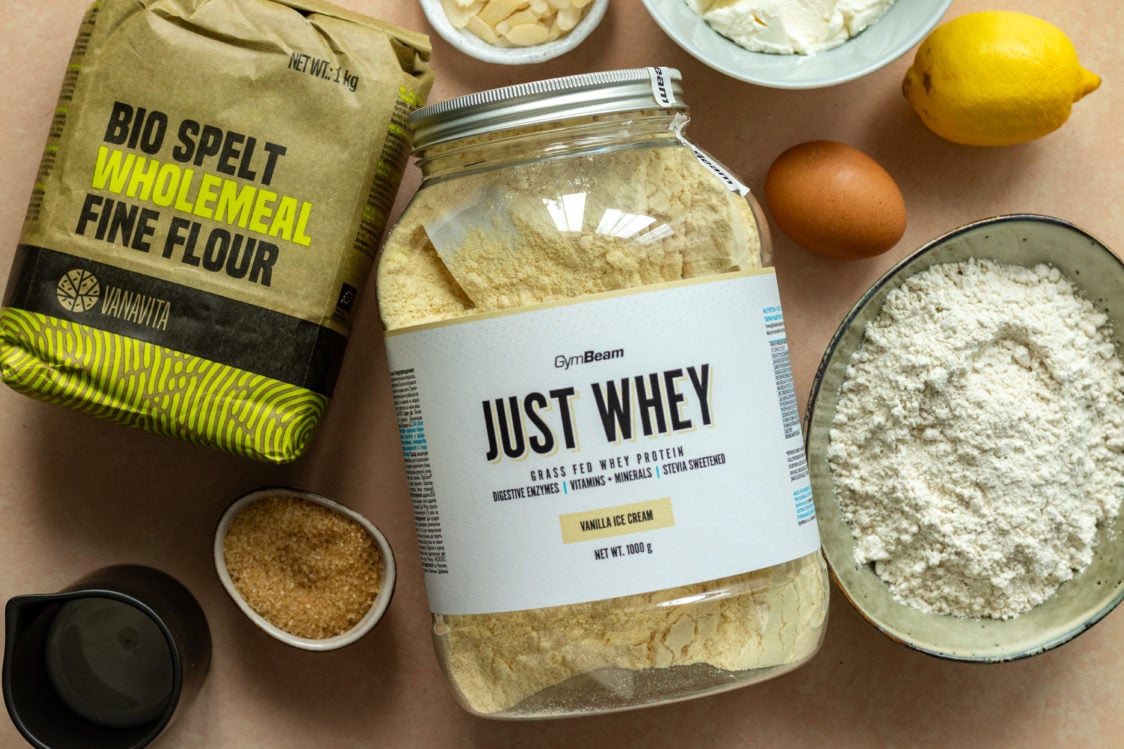
3. Replace butter with cottage cheese or some nut butter
As we said above, this exchange works great if you want to reduce the amount of fat in the dessert. And it can also increase the amount of protein. This makes the cake a healthier and more balanced treat, which you can have as a breakfast or a snack on a regular basis and still lose weight.
4. Replace condensed milk with protein cream
Condensed milk is an essential part of Christmas baking. But you may be surprised by its nutritional values. It consists mainly of sugar and contains only 7.5 g of protein per 100 g. In contrast, the MoiMüv protein spread in milk-hazelnut flavour has twice as much protein in the same amount. In desserts, both ingredients behave practically the same, so you can swap them as needed. And keep in mind that proteins are the most saturated macronutrient, so you should not neglect their content even in desserts.
What you should remember?
As you can see, playing with the recipe so that it is healthier, has less sugar or fat and more protein or fibre, is not difficult at all. And you’ll be amazed at how great it tastes. All you have to do is focus on key macronutrients and replace fatty ingredients with less fatty ones and replace sugar with sweeteners. But don’t try to go to extremes. Otherwise, the fluffy cake you were making can become a shapeless mass that doesn’t look or taste good at all.
If you are that type of person who has, for example, two small biscuits with your coffee every day and you follow the 80:20 rule, you don’t have to worry about it. Feel free to treat yourself to goodies prepared according to the original recipe. But if you eat cake for breakfast or pie for snack, you probably don’t see any good results. It may be high time to reconsider the nutritional profile of these foods so that they fit better into your daily intake of macronutrients. You will see that even small changes in your diet can soon affect your body.
Do you have someone around you who has a sweet tooth and would like to learn basics of healthy baking? Then don’t forget to send them our article.
[1] Added Sugars on the New Nutrition Facts Label – https://www.fda.gov/food/new-nutrition-facts-label/added-sugars-new-nutrition-facts-label
[2] Wheat: varieties and characteristics – https://www.britannica.com/technology/cereal-processing/Wheat-varieties-and-characteristics#ref50105
[3] Sugars intake for adults and children – https://apps.who.int/iris/bitstream/handle/10665/149782/9789241549028_eng.pdf%3Bjsessionid=D8A76CF686E0D0906EC483FF19B48F2A?sequence=1
[4] What’s the Difference Between Sucrose and Fructose? – https://www.webmd.com/diet/whats-the-difference-between-sucrose-and-fructose#1
[5] What is the difference between glucose, fructose and sucrose? – https://www.worldofmolecules.com/3D/what-is-the-difference-between-sucrose-and-fructose.html
[6] How these plant-based swaps can make your baking lighter and more nutrient-packed – https://eu.azcentral.com/story/entertainment/dining/recipes/2021/08/12/how-substitute-applesauce-and-avocado-butter-oil-baking/5503463001/
[7] Avocado – https://nutritiondata.self.com/facts/fruits-and-fruit-juices/1844/2

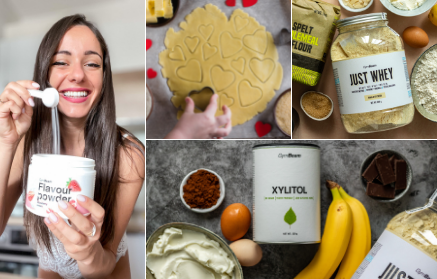
Add a comment